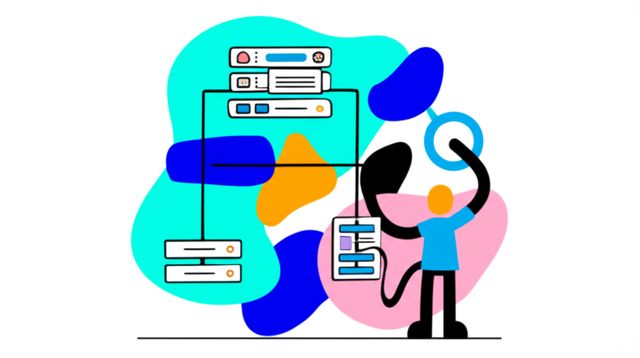Cloud Monitoring
Cloud Monitoring is a key component of any cloud-based system. It allows you to collect, view, and analyze data about your system's performance and health. This data can help you to identify and resolve problems quickly and easily, ensuring that your system is always running at its best.
What are the benefits of using Cloud Monitoring?
There are many benefits to using Cloud Monitoring, including:
- Improved system performance: Cloud Monitoring can help you to identify and resolve performance bottlenecks in your system. This can lead to significant improvements in system performance, resulting in faster load times and better user experiences.
- Reduced downtime: Cloud Monitoring can help you to identify potential problems before they cause downtime. This can help you to avoid costly outages and disruptions to your business.
- Increased efficiency: Cloud Monitoring can help you to identify areas where your system is being inefficient. This can help you to optimize your system and reduce costs.
- Improved security: Cloud Monitoring can help you to detect security breaches and threats. This can help you to protect your system and data from unauthorized access.
How do I use Cloud Monitoring?
Getting started with Cloud Monitoring is easy. Simply create a Google Cloud project and enable the Cloud Monitoring API. Once you have done this, you can start collecting data about your system.
There are a variety of ways to collect data with Cloud Monitoring. You can use the Cloud Monitoring agent, which is a lightweight agent that can be installed on your servers. You can also use the Cloud Monitoring API to send data directly to Cloud Monitoring.
Once you have collected data, you can view it in the Cloud Monitoring dashboard. The dashboard provides a variety of visualizations that make it easy to understand your system's performance and health.
What are some examples of how Cloud Monitoring can be used?
Cloud Monitoring can be used in a variety of ways, including:
- Monitoring system performance: Cloud Monitoring can be used to monitor the performance of your servers, applications, and other infrastructure components. This data can help you to identify and resolve performance bottlenecks.
- Tracking user behavior: Cloud Monitoring can be used to track user behavior on your website or application. This data can help you to understand how users are interacting with your system and identify areas for improvement.
- Monitoring security: Cloud Monitoring can be used to monitor security events on your system. This data can help you to detect security breaches and threats.
- Cost optimization: Cloud Monitoring can be used to track your cloud spending. This data can help you to identify areas where you can save money.
These are just a few examples of how Cloud Monitoring can be used. The possibilities are endless.
Careers in Cloud Monitoring
Cloud Monitoring is a rapidly growing field with a high demand for skilled professionals. There are a variety of career opportunities available in this field, including:
- Cloud Monitoring Engineer: Cloud Monitoring Engineers are responsible for designing, implementing, and managing Cloud Monitoring solutions. They work with customers to identify their monitoring needs and develop solutions that meet those needs.
- Site Reliability Engineer: Site Reliability Engineers are responsible for the reliability and performance of cloud-based systems. They use Cloud Monitoring and other tools to identify and resolve performance bottlenecks and ensure that systems are running at their best.
- DevOps Engineer: DevOps Engineers are responsible for bridging the gap between development and operations teams. They use Cloud Monitoring and other tools to monitor and improve the performance of cloud-based systems.
Online Courses in Cloud Monitoring
There are a number of online courses available that can help you to learn about Cloud Monitoring. These courses can teach you the basics of Cloud Monitoring, as well as how to use Cloud Monitoring to monitor your own systems.
Taking an online course in Cloud Monitoring is a great way to learn about this important topic. Online courses offer a flexible and affordable way to learn at your own pace.
Are online courses enough to learn Cloud Monitoring?
Online courses can be a helpful learning tool, but they are not enough to fully understand Cloud Monitoring. To fully understand this topic, you will need to practice using Cloud Monitoring in the real world.
The best way to learn Cloud Monitoring is to start using it. You can start by creating a Google Cloud project and enabling the Cloud Monitoring API. Once you have done this, you can start collecting data about your system. You can then use the Cloud Monitoring dashboard to view and analyze your data.
As you use Cloud Monitoring, you will learn more about how it works and how to use it effectively. You can also find a variety of resources online that can help you to learn more about Cloud Monitoring.


